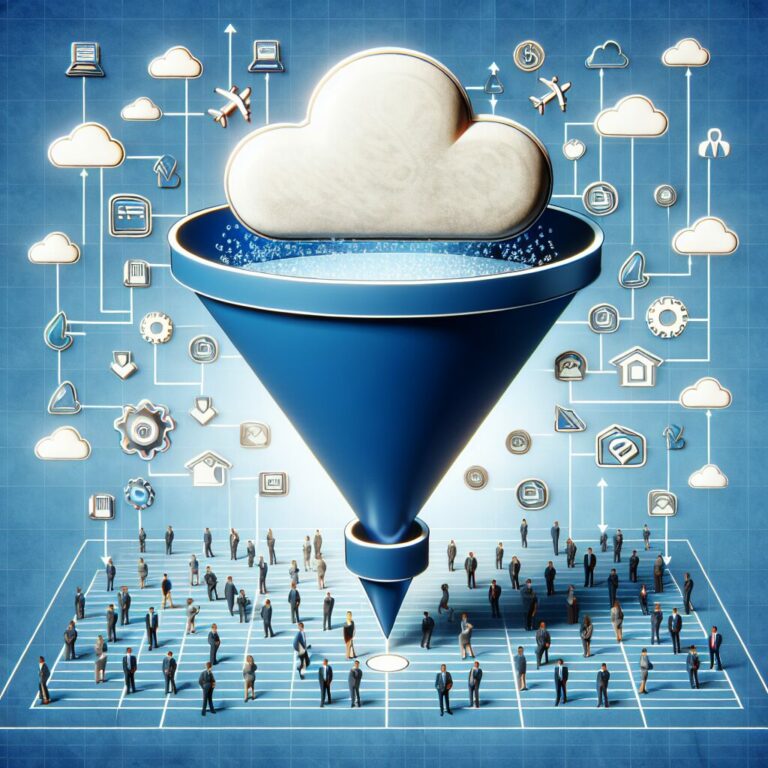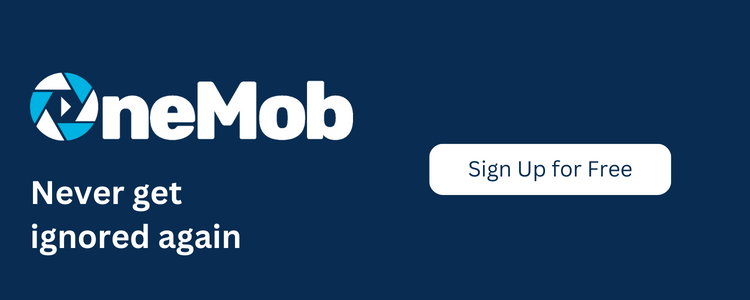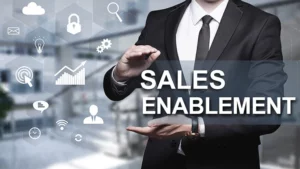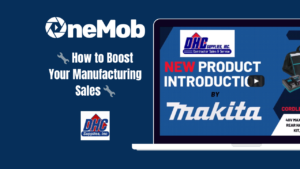Understanding the B2B SaaS Sales Funnel is vital as it differs considerably from traditional B2B sales funnels. A B2B, or Business-to-Business, SaaS (Software as a Service) sales funnel represents the process that takes potential customers from discovery to purchase and possibly subscription renewal, or from being a lead to becoming a customer. This journey is quite unique due to the recurring revenue model of SaaS companies and the digital nature of the product.
Firstly, let’s define B2B SaaS Sales Funnel. Essentially, the sales funnel demonstrates the customer lifecycle, from the early stage of awareness about the product or service to the final stage of making a purchase and maintaining a customer relationship. The process encompasses everything from lead generation to the closing of deals, a process that can often look like this: Attraction – Discovery – Evaluation – Decision. One of the most known lesser detail about this model is that attracts focus on continually providing value for the customer, thus promoting customer retention and loyalty which is a major goal in the SaaS world.
Now, how does the B2B SaaS Sales Funnel differ from traditional B2B Sales Funnel? The primary difference lies in the model of operation. Traditional B2B sales funnels are typically one-off sales process, meaning the goal is to make a sale, deliver the product or service, and the interaction ends there unless the customer initiates a new transaction. However, SaaS B2B operates on a subscription-based model. Hence, the aim of the B2B SaaS funnel is not only to convert leads into customers but also to retain those customers and encourage them to upgrade or continue their subscriptions.
Primary components of a B2B SaaS sales funnel
The main components of a B2B SaaS sales funnel include:
- Nurturing the Leads: Once the leads are generated, they’ll need to be nurtured. This involves building trust and relationship with the prospective customer.
- Sales Proposal: Here, a detailed proposal is given to the prospective customers, offering them a solution to their problem which your SaaS product/service can solve.
- Close the Deal: The final step is where the actual sales transaction takes place. This could be signing up for a subscription plan or one-off purchase.
- Customer Retention: As the purpose of SaaS is to generate recurring revenue, a key secondary funnel starts here as well where the focus shifts to maintaining and up-selling to the existing customer.
Discovery of Product/Service: This is the stage where prospective clients first come across the product/service. It’s the first step in the process where the aim is to generate awareness through marketing campaigns, SEO strategies, and social media.
Optimizing Your B2B SaaS Sales Funnel
Before delving into the optimization of your B2B SaaS sales funnel, it’s crucial to recognize why optimization is essential. Unlike traditional B2B sales, SaaS sales rely on an on-going relationship with the customer. That’s the very nature of a subscription model – continuous improvement and adaptation to keep customers engaged. Consequently, sales funnel optimization in the SaaS space isn’t a one-time procedure. It’s an ongoing strategy of continuously updating and refining your process to provide better customer experiences, enhanced engagement, more substantial lead generation and, ultimately, more revenue.
Strategies for Lead Generation
Generating high-quality leads should be a top priority in any B2B SaaS marketing strategy. Effective strategies to accomplish this involves a variety of tactics, such as content marketing, a strategy where you create and share relevant content to attract, engage, and convert prospects into leads. Additionally, you might want to consider email marketing, an old but gold tactic that is still highly effective when executed properly. Here is where OneMob can be a game-changer, thanks to its no-code microsite and video messaging capabilities.
Key Metrics to Track for Funnel Optimization
While it’s great to generate vast amounts of leads, not all leads are created equal. This is why key metrics tracking becomes indispensable. Metrics such as lead conversion rate, and cost per lead (CPL) allow you to gauge the effectiveness of your lead generation efforts and identify areas for improvement. Other essential metrics like buyer journey length or churn rate can help you understand the overall efficiency of your sales funnel and spot potential leaks or bottlenecks. Remember, the goal is not just to get leads into the funnel but to guide them smoothly to the desired outcome.
- Lead conversion rate: Divide the number of leads that have converted into customers by the total number of leads generated during the same period.
- Cost per lead: Divide your total marketing spend by the number of leads generated.
- Buyer journey length: Track how long it takes for a lead to become a customer, which can help uncover potential friction points in your sales process.
- Churn rate: Evaluate the percentage of clients who stop doing business with you over a specific period.
Case Study: Successful B2B SaaS Sales Funnel Examples
Following on from our discussion on optimizing your B2B SaaS sales funnel, we’re going to take a deep dive into a real-life example of a company who has executed this perfectly. Our chosen company is Slack, a B2B SaaS company that has revolutionized the workplace communication landscape.
Slack operates on a freemium business model, where users can start using the product for free and then upgrade to premium versions as their needs grow. This tactic has been central to Slack’s successful B2B SaaS sales funnel, as it allows for seamless lead generation and qualification.
Detailed Analysis of Slack’s Sales Funnel
The first step in Slack’s sales funnel is awareness. Slack attracts prospects with effective SEO practices, blog posts, and word-of-mouth referrals. The next step in their funnel is interest and evaluation, where interested users sign up for the free version of Slack and start exploring its features.
The next stages, engagement and conversion, is where Slack really shines. They have dedicated customer engagement teams to help answer potential queries and provide support to users. This increases user attachment and leads to a higher conversion rate. Finally, retention and loyalty is achieved by constantly updating the product and addressing customer needs.
Why it’s successful and lessons to learn
Slack’s sales funnel is successful because of its customer-centric approach. They prioritize customer satisfaction and engagement, resulting in impressive conversion and retention rates. The lesson to learn here is to focus on customer engagement and satisfaction, even while pursuing business objectives.
“The Slack success story lies in their strong customer engagement. They focus on the user experience and maintain a seamless communication channel with their users.”
FAQs
- Why is Slack’s sales funnel considered successful?
- Slack’s success lies in its focus on seamless customer engagement and satisfaction. They provide ample support during the evaluation phase, which leads to higher conversion and retention rates.
- What is the key lesson to learn from Slack’s sales funnel?
- The main takeaway is the importance of prioritizing customer satisfaction and ensuring high customer engagement. This has proven effective for conversions and long-term customer loyalty.
In concluding this case study, we see once again the importance of optimizing your B2B SaaS sales funnel. By focusing on customer engagement, prioritizing support and services, and continuously improving your product to fit your customers needs, your business could be the next Slack.







